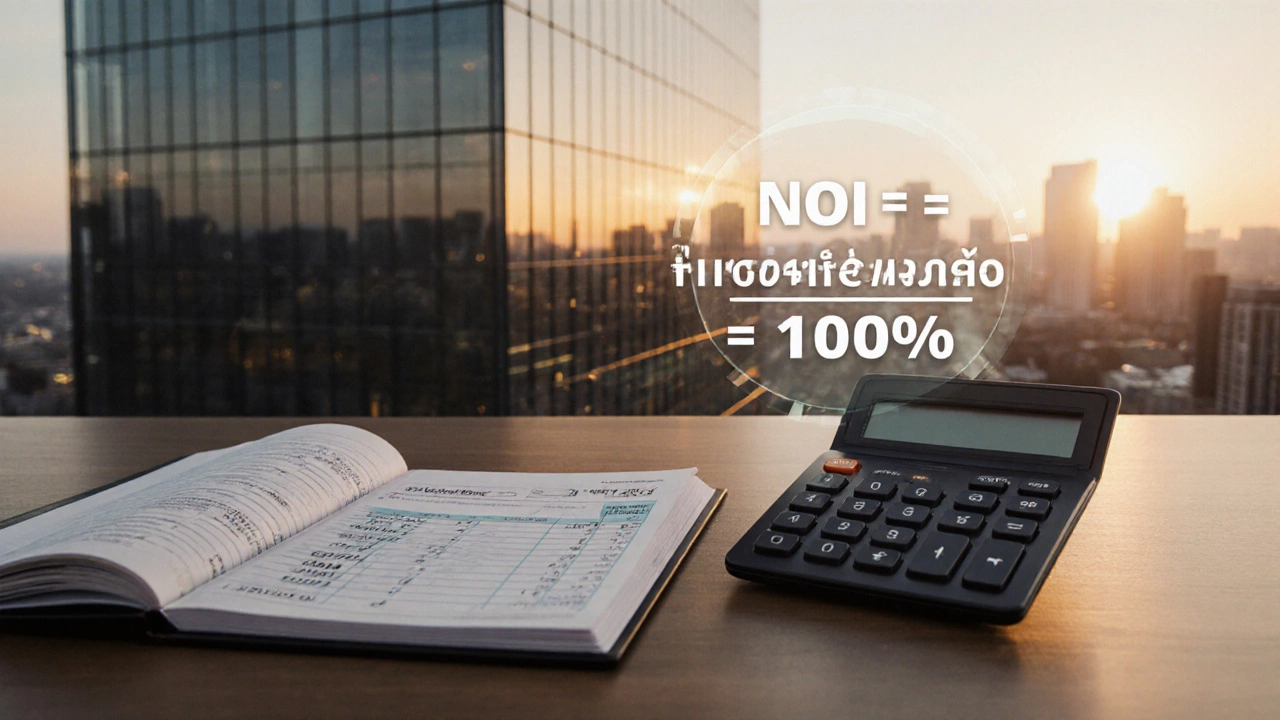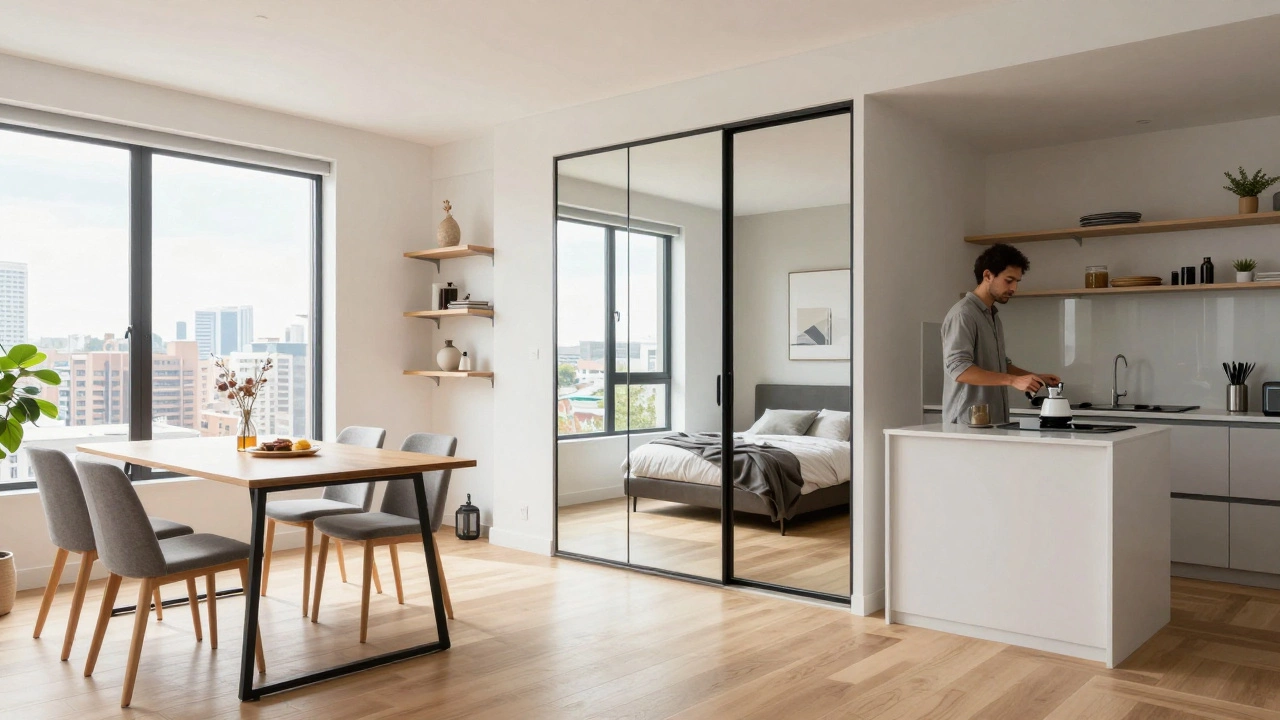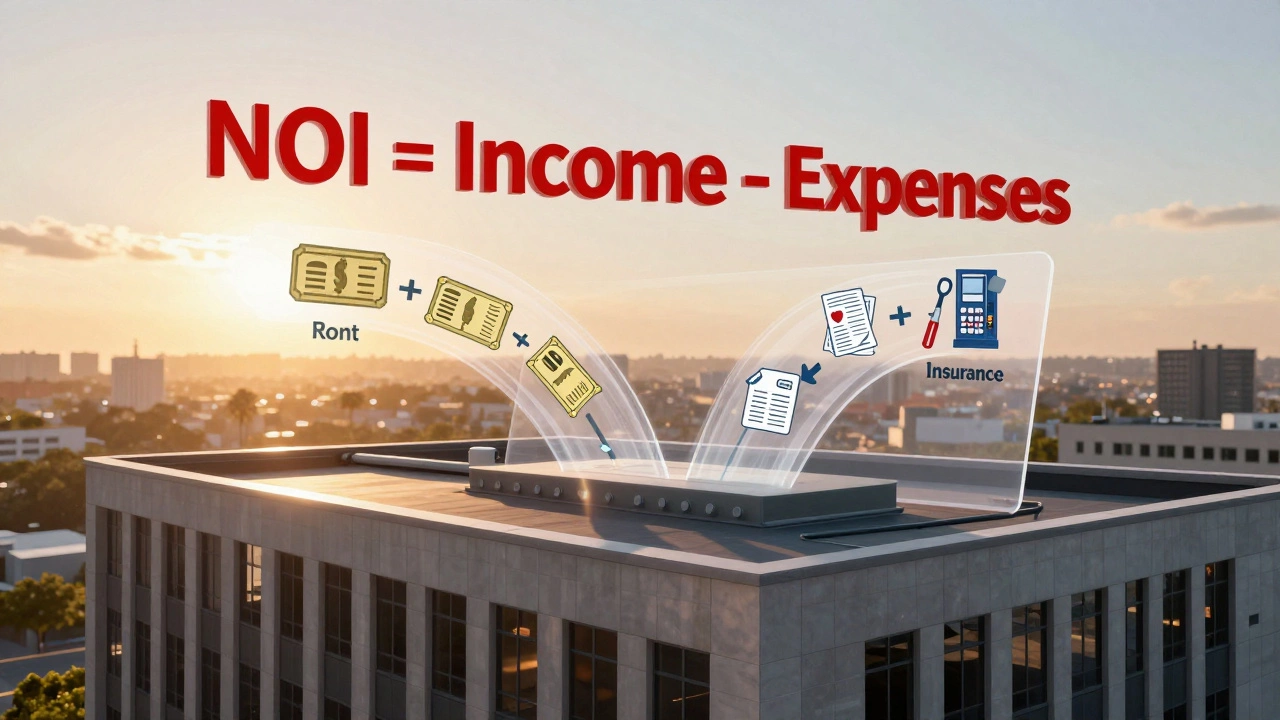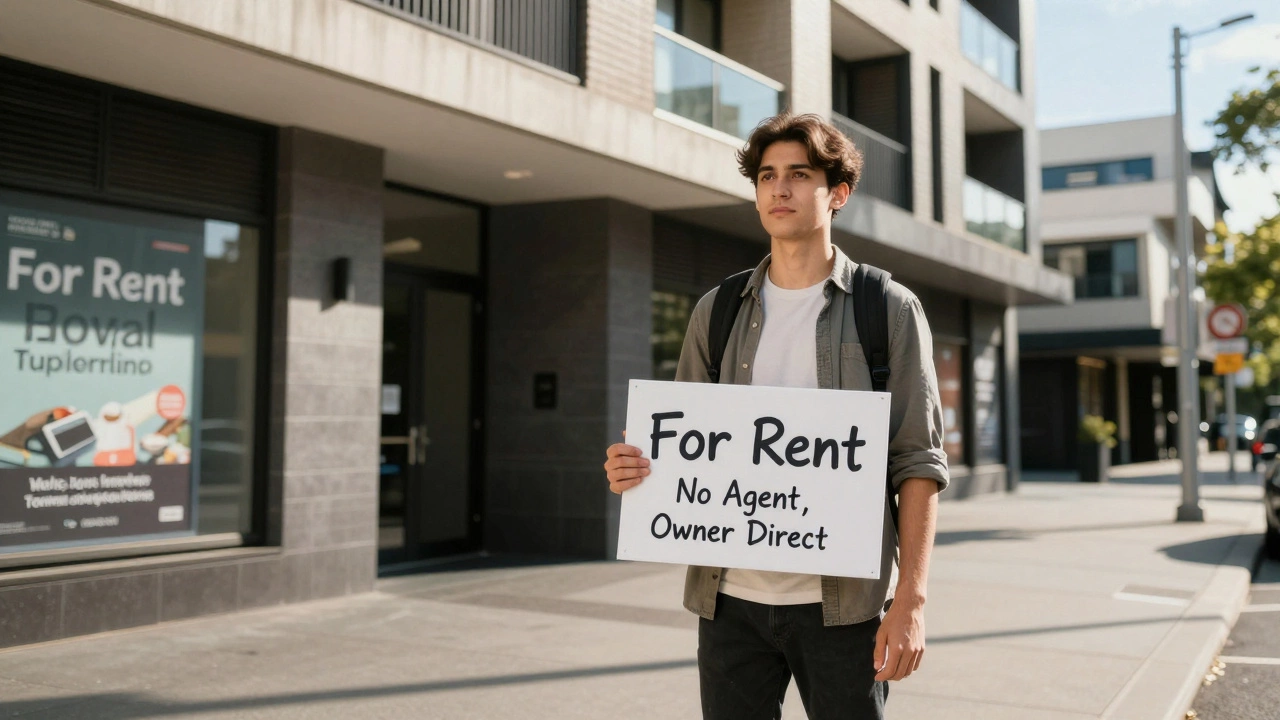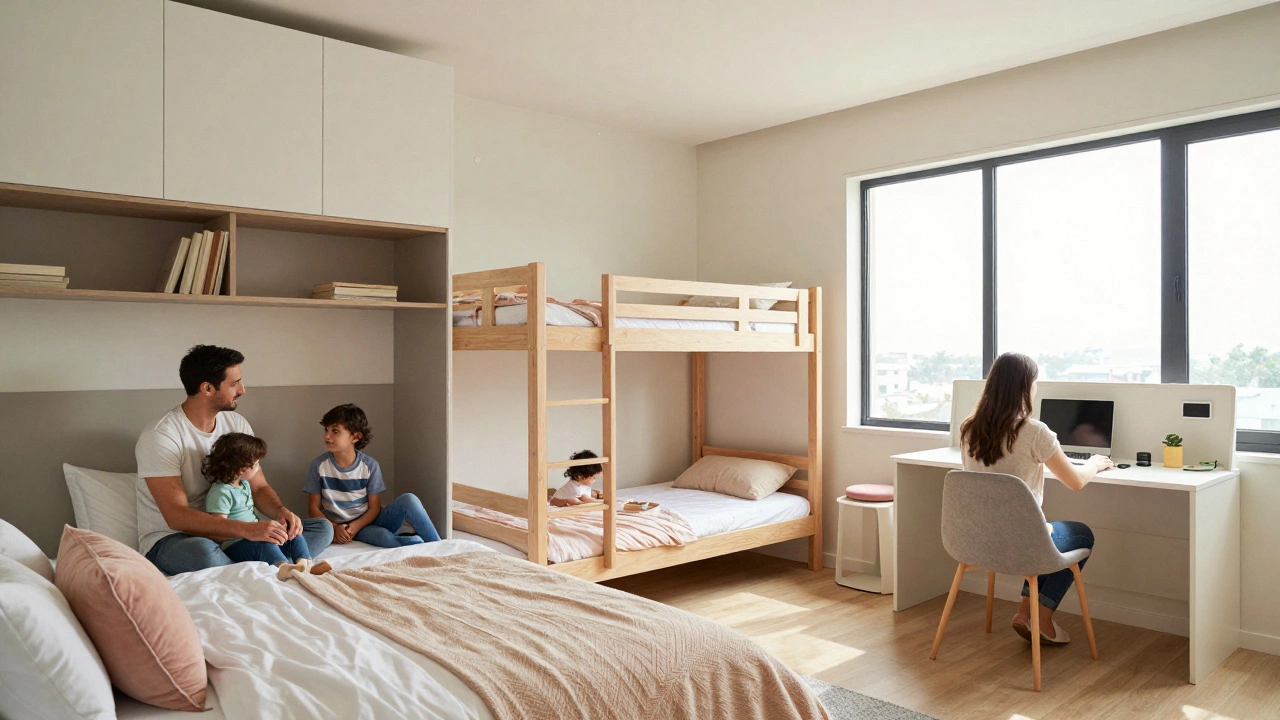Cap Rate Calculator
Calculate Cap Rate
Cap Rate Formula
Cap Rate = NOI ÷ Purchase Price × 100%
Result Analysis
When you hear investors talk about a good cap rate, the phrase usually hides a lot of numbers, local market quirks, and risk assessments. Figuring out whether a cap rate is attractive for a commercial property isn’t just a math problem - it’s a decision that blends data with strategy.
Key Takeaways
- Cap rate = Net Operating Income ÷ Purchase Price.
- Higher cap rates signal higher expected returns but also higher risk.
- Typical ranges in 2025: office 5‑7%, retail 6‑8%, industrial 7‑9%, multifamily 4‑6%.
- Location, lease quality, and tenant credit drive the "good" number.
- Use a step‑by‑step calculation and compare against market benchmarks before committing.
Understanding Cap Rate
Cap Rate is a shorthand for the rate of return on a real‑estate investment based on the property’s net operating income (NOI) and its purchase price. The formula is simple:
Cap Rate = NOI ÷ Purchase Price × 100%
NOI itself is the gross rental income after you subtract operating expenses (property management, insurance, taxes, maintenance, but not mortgage payments). Because the cap rate strips out financing, it lets investors compare properties regardless of how they plan to fund the deal.
How Cap Rate Relates to Commercial Property Value
Commercial Property refers to any real‑estate used for business purposes - office buildings, shopping centers, warehouses, multifamily apartments, and the like. For these assets, the cap rate is the bridge between the income they generate and the price an investor is willing to pay. If a property yields $500,000 in NOI and you buy it for $7.5 million, the cap rate works out to 6.7 %. That 6.7 % becomes a benchmark you can compare with other deals in the same market.
Factors That Influence a Good Cap Rate
- Location: Prime downtown assets usually have lower cap rates because they attract stable, credit‑worthy tenants.
- Property Type: Industrial warehouses tend to command higher caps than office towers due to differing risk profiles.
- Lease Structure: Long‑term, triple‑net leases (NNN) lower perceived risk, pulling the cap rate down.
- Tenant Credit Quality: A REIT or Fortune‑500 tenant boosts confidence, often nudging the cap rate lower.
- Market Conditions: In a low‑interest‑rate environment, investors accept lower caps because financing is cheap.
- Operating Expenses: Efficient property management can improve NOI, raising the cap rate without changing price.
- Capitalization Rate Market Trends: Regional cap rate surveys published by brokerage firms give a snapshot of what’s considered "normal" for each asset class.
Typical Cap Rate Ranges by Property Type (2025)
| Property Type | Low End | High End | Average |
|---|---|---|---|
| Office (Class A) | 5.0% | 7.0% | 6.0% |
| Retail (Neighborhood) | 6.0% | 8.5% | 7.2% |
| Industrial (Warehouse) | 7.0% | 9.5% | 8.2% |
| Multifamily (Mid‑rise) | 4.0% | 6.0% | 5.0% |
| Hospitality (Full‑service) | 8.0% | 11.0% | 9.5% |
Notice how the ranges shift depending on risk and tenant stability. When you encounter a property that offers a cap rate outside the usual band, dig deeper - it could be a hidden opportunity or a red flag.
Calculating Your Own Cap Rate - A Step‑by‑Step Example
- Gather the property’s annual gross rental income. Example: $1,200,000.
- Subtract operating expenses (property tax $80,000, insurance $30,000, maintenance $50,000, management $40,000). Total expenses = $200,000.
- Calculate NOI: $1,200,000 - $200,000 = $1,000,000.
- Determine the purchase price (or market value). Example: $14,500,000.
- Apply the cap rate formula: ($1,000,000 ÷ $14,500,000) × 100% ≈ 6.9%.
A 6.9 % cap sits comfortably in the office average range, suggesting the deal is priced fairly if the tenant mix and lease terms are typical for the region.

Interpreting Results: What Makes a Cap Rate “Good”?
There’s no universal magic number. A “good” cap rate is the one that meets your investment goals while fitting the risk you’re willing to shoulder. Here are two quick lenses to decide:
- Yield‑Focused Lens: If you need a 7 % cash‑on‑cash return, look for caps at or above that level, assuming minimal financing.
- Risk‑Adjusted Lens: Compare the cap to the local market average. A cap 1‑2 % points above the average may compensate for higher vacancy risk or a weaker tenant.
Remember that the cap rate ignores debt. If you finance the purchase at a 5 % interest rate, a 6 % cap still only leaves a 1 % spread before taxes and other costs.
Common Pitfalls and How to Avoid Them
- Ignoring Vacancy: Some sellers quote NOI at 100 % occupancy. Adjust the income for realistic vacancy rates.
- Mixing Operating and Debt Costs: Cap rate should be calculated before mortgage payments. Including them skews the metric.
- Over‑relying on One Survey: Cap rate benchmarks vary between brokerages. Cross‑check at least two sources.
- Neglecting Future Capital Expenditures: Large upcoming repairs can depress NOI and inflate the cap rate.
Frequently Asked Questions
How do I know if a cap rate is too high?
A cap rate that sits far above local averages often signals higher vacancy risk, weaker tenant credit, or needed capital improvements. Compare the figure with the benchmark table above and ask the seller for detailed expense and lease schedules.
Can a lower cap rate ever be a good deal?
Yes. Premium properties in prime locations with long‑term triple‑net leases often have low caps (4‑5 %). The trade‑off is stability and lower management effort, which many investors value more than a higher raw return.
Should I factor inflation into the cap rate?
Cap rate itself doesn’t include inflation, but when you project future cash flows you should adjust rent escalations for expected inflation. A higher expected rent growth can justify accepting a slightly lower current cap.
How does financing affect my decision?
Financing turns the cap rate into a levered return metric like cash‑on‑cash. After you know the cap, run a simple cash‑flow model with your loan terms to see the actual yield after debt service.
Is cap rate useful for multi‑family apartments?
Absolutely. Multi‑family assets often have lower caps because they’re considered lower risk. Compare the cap against the 4‑6 % range in the table and weigh occupancy trends in the local rental market.
